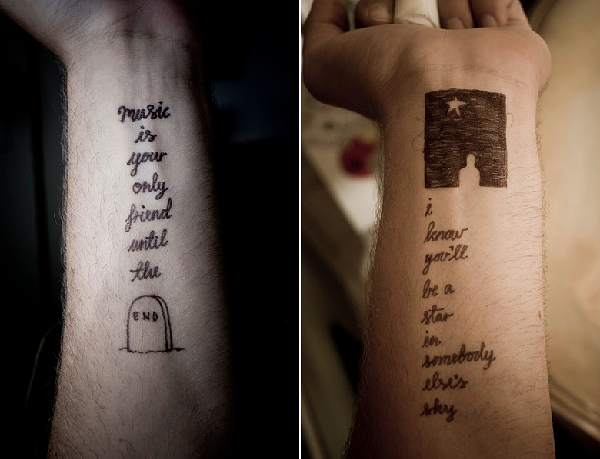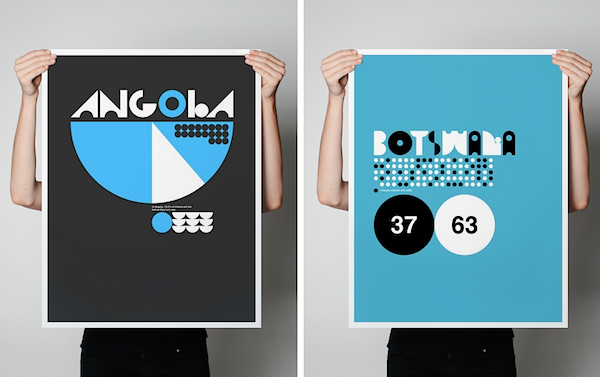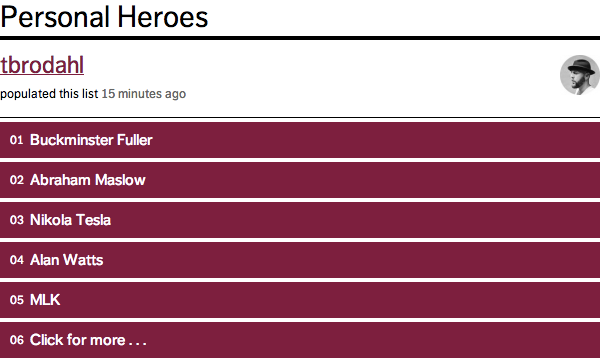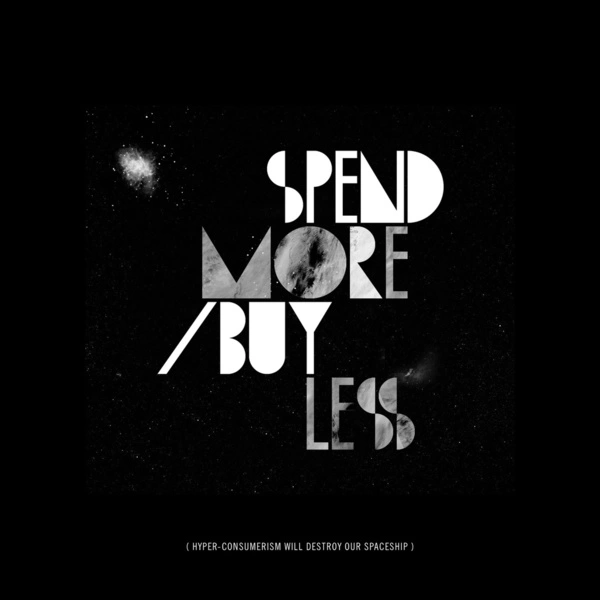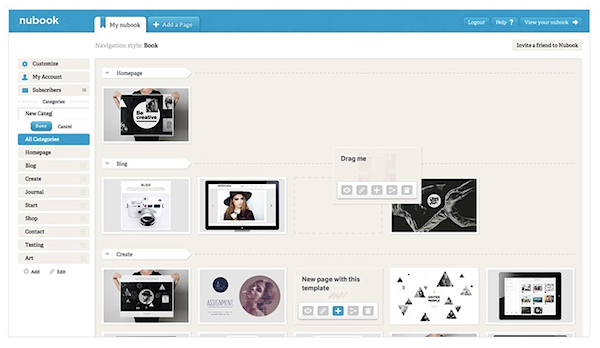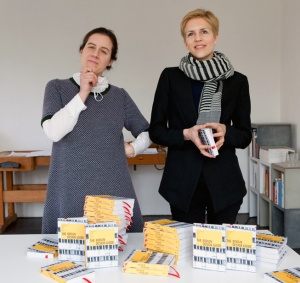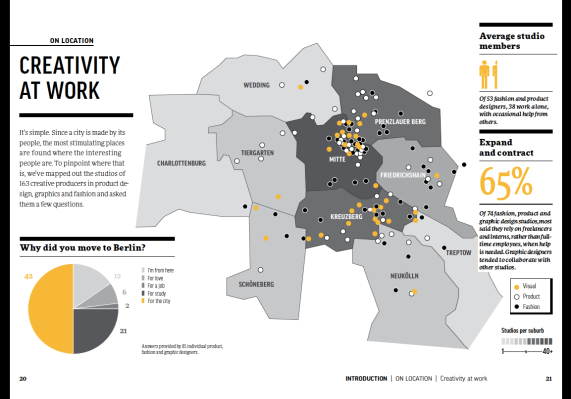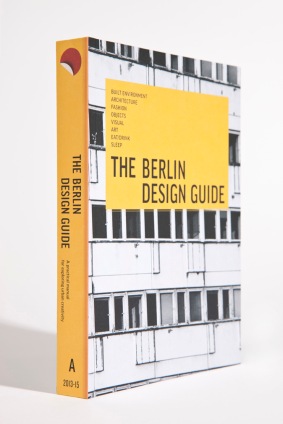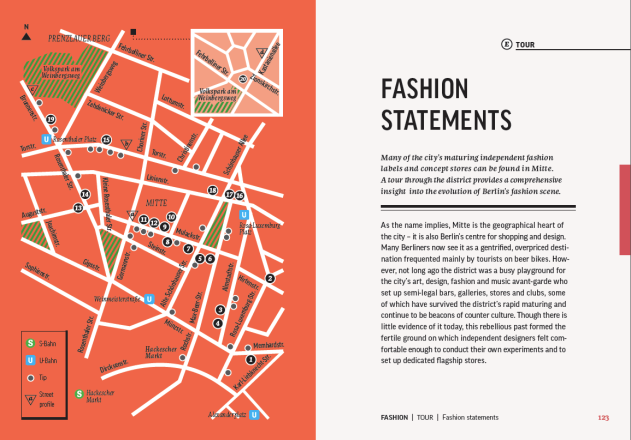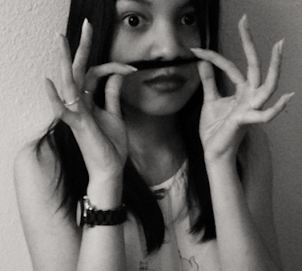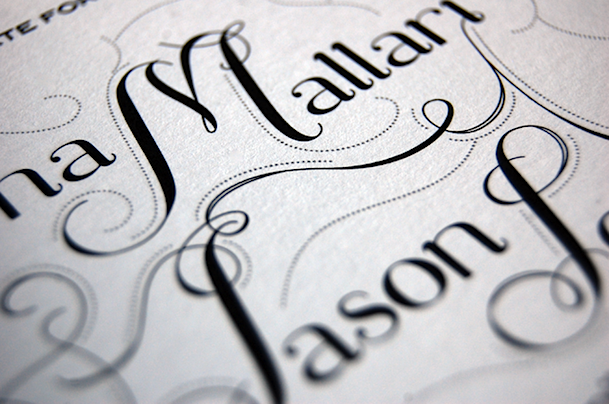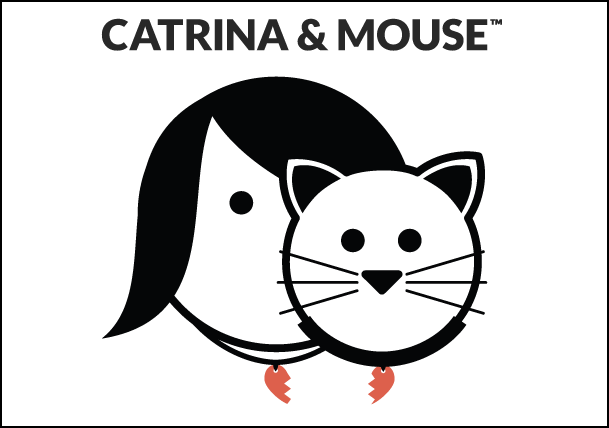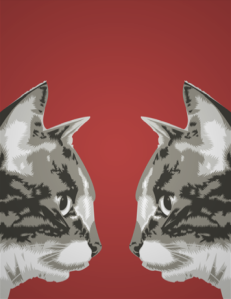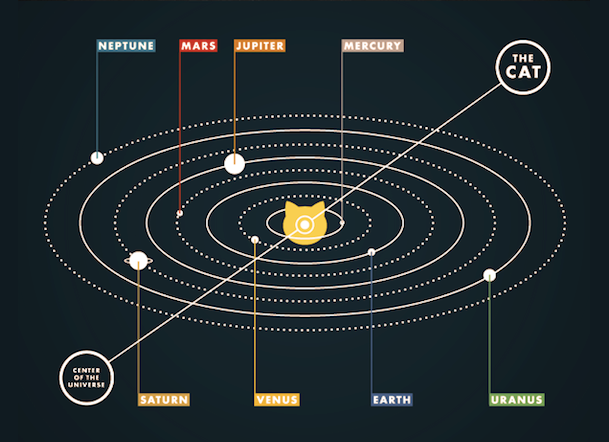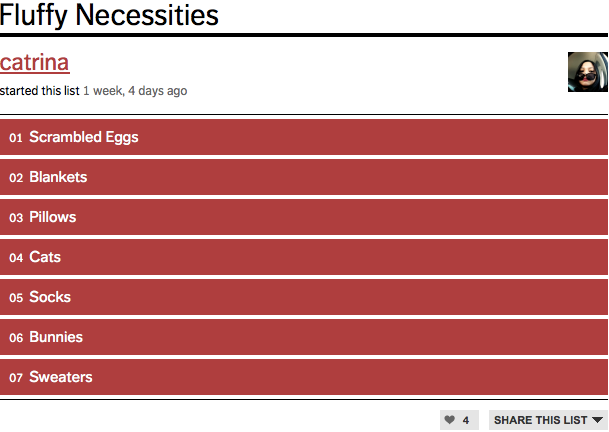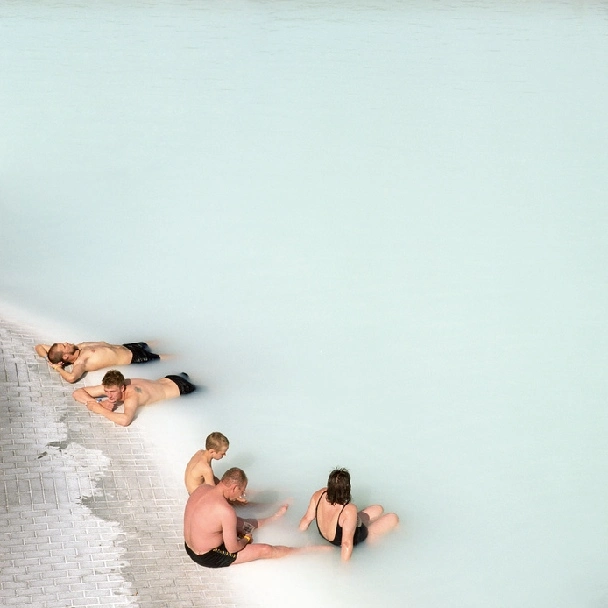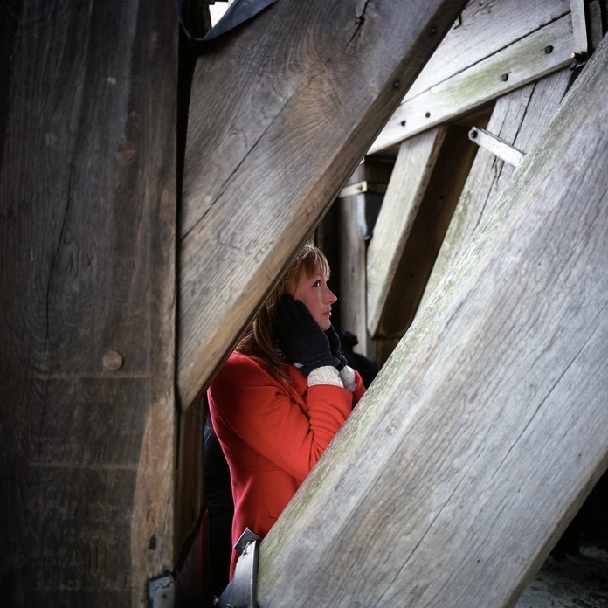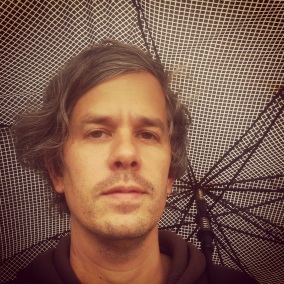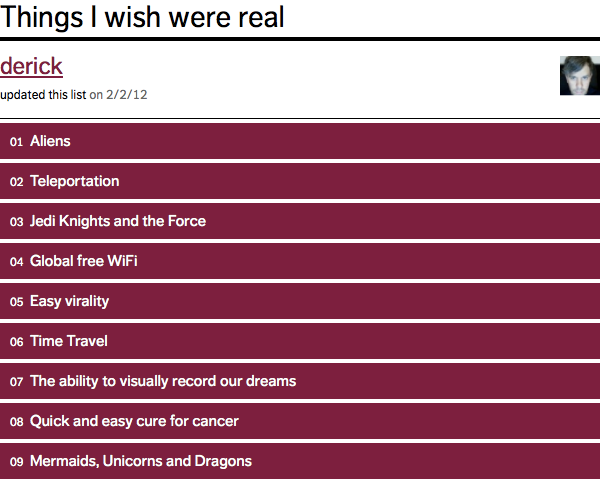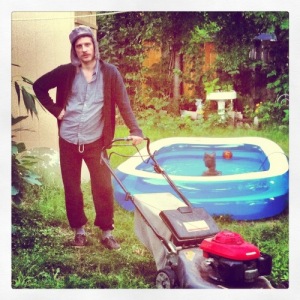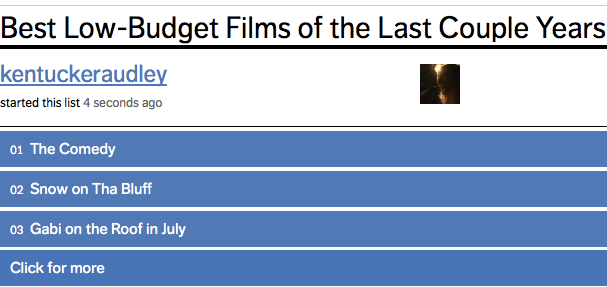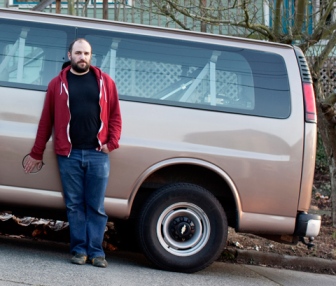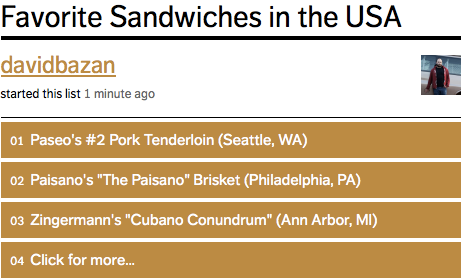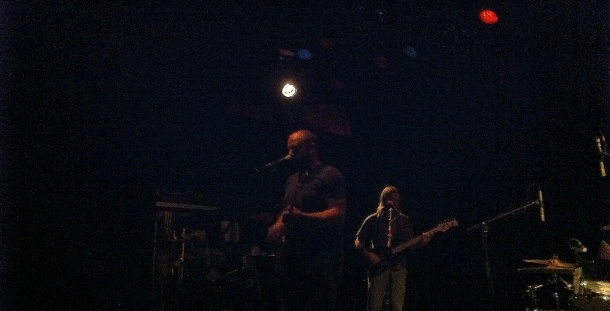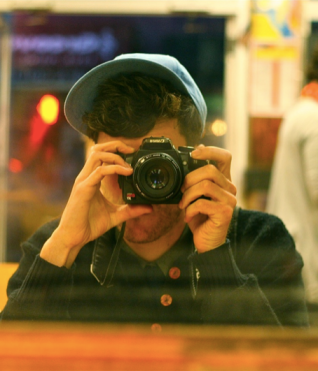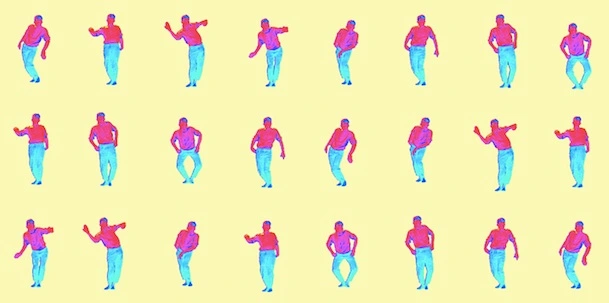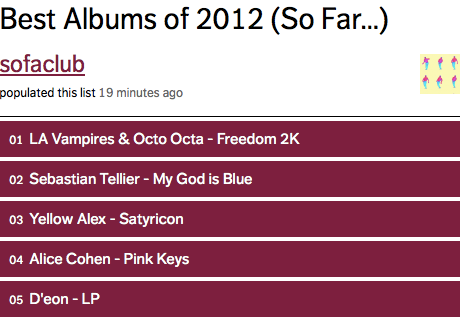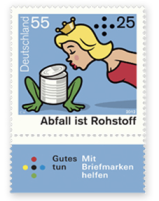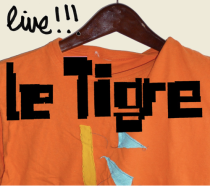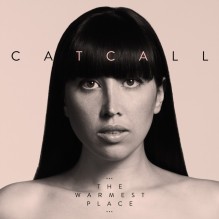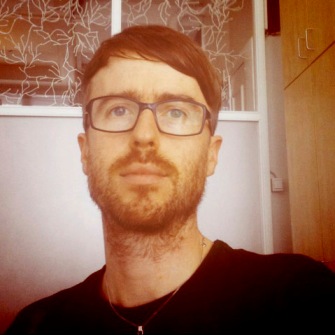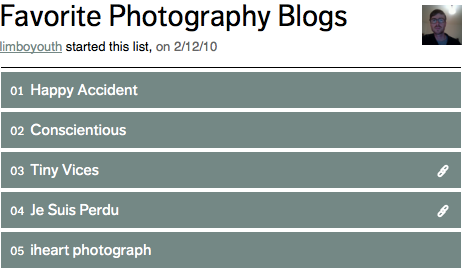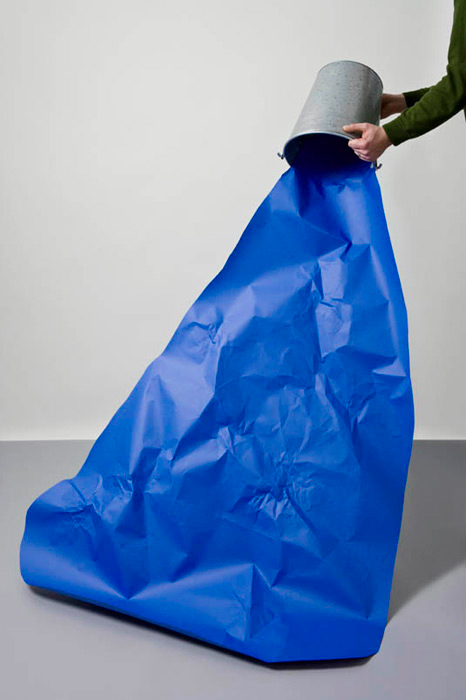 Thomas Brodahl is a self-identified “creative polymath,” – a truly multidisciplinary creator with a palpable love for design, art, ideas, and most importantly, people. Born in Bergen, Norway, Thomas spent his teenage years in Luxembourg, where he founded his first design studio in the late 90s. After starting the influential Surfstation project (in 2000, with Yohan Gingras and German Olaya), he launched his first product-oriented company, Stolen, in 2004 (in L.A.), simultaneously tackling projects for a wide range of clients along the way. In an effort to facilitate the creation of beautiful, easy-to-realize websites for people in need of an alternative to current tools, Thomas recently launched Nubook. We’re grateful he took the time to chat with us about this exceptional new platform while sharing some inspiring thoughts on design, technology and humanity. Be sure to check out his excellent Listgeeks lists after you read the below interview.
Thomas Brodahl is a self-identified “creative polymath,” – a truly multidisciplinary creator with a palpable love for design, art, ideas, and most importantly, people. Born in Bergen, Norway, Thomas spent his teenage years in Luxembourg, where he founded his first design studio in the late 90s. After starting the influential Surfstation project (in 2000, with Yohan Gingras and German Olaya), he launched his first product-oriented company, Stolen, in 2004 (in L.A.), simultaneously tackling projects for a wide range of clients along the way. In an effort to facilitate the creation of beautiful, easy-to-realize websites for people in need of an alternative to current tools, Thomas recently launched Nubook. We’re grateful he took the time to chat with us about this exceptional new platform while sharing some inspiring thoughts on design, technology and humanity. Be sure to check out his excellent Listgeeks lists after you read the below interview.
Listgeeks: How did the concept for Nubook come about (and evolve) before you launched it?

Thomas Brodahl: It was twofold: A) Websites are too hard to make/manage, and B) most of them are boring to look at. Considering that most websites are 4-5 pages, we felt that we should be able to come up with something easier and faster to use than the existing systems. Inspired by the new iPad magazines and all the resurgent rage about desktop publishing, we figured we would try to make the same level of design quality for the web. So we started with a blank 990×620 page and built from there. We ended up with a pretty simple system that works a bit like HyperCard. You create pages and link them together using simple tools. The whole thing is really visual and intuitive to use. Drag-and-drop and edit-in-page.
LG: What are some of your favorite examples of how people have used the service and templates up to this point?
TB: Mostly people use Nubook for portfolios – artists, actors, photographers, directors, architects, designers, etc. – but every so often people take it and go in unexpected directions. We had a woman create a 40 page job application for a non-profit organization that she really wanted to work for – she told an amazing story, full of photos and videos. If I was an employer looking at candidates, I would have been thoroughly impressed.
Our youngest Nubook user is probably Josie Scout – she’s had a Nubook since before she was born. Her parents use Nubook to share her growth with friends and family. I feel like a proud uncle whenever new pages are added to her book. We’ve also had some great weddings (Kimberley & Nikolai + Ariel & Jonathan) and even a castle.
One of the earliest Nubooks was actually by a woman who made a really beautiful site for a memorial service to her Uncle who had just passed away. You could tell that she needed to make a site in a short period of time and didn’t know how. Nubook allowed her to tell the story of this man through photos from his life. I remember seeing the pages come in, and them bringing tears to my eyes. There have been many others that surprised me, but that one sticks out in my mind. It made me feel like we had contributed to the world in a tangible way by helping her make this beautiful tribute.
LG: What are you focusing on with Nubook, update-wise?
TB: Right now we are focusing on growing our user base so we can keep expanding the platform. We didn’t take any funding, so we need to make sure we can pay for future development.
There’s a long list of things we’d like to add down the road. Password protection for private presentations, multiple Nubooks on one account, more themes, possibly opening up the template builder to pro-clients . . . I could go on for days about the potential of the platform.
LG: You’ve been involved with a wide range of your own projects (in various disciplines) over the years, while simultaneously taking on work for various clients. Do you find it difficult to maintain a balance between those two things? How does your work with Nubook fit in?
TB: It’s difficult, but I think I’m coming to terms with it. I’ve always been interested in so many things, and being a creative spirit I want to explore all these areas. Sometimes I think I would benefit from more focus on one thing – since that is what is always hailed as the secret to success – and other times I accept the fact that my life is far more interesting and full thanks to my many experiences and pursuits, whether they were “successes” or “failures.” Everything I do teaches me more about myself and the world around me – to me that is true wealth.
To illustrate my point: Currently I’m developing another publishing platform, working on an iPhone camera app, planning a documentary about web design, and designing a new religion. On top of doing client work to pay the bills.
I can’t help myself, and I think I’m fine with that.
LG: What have been the most compelling innovations, from your perspective, when it comes to Web-based design over the last few years?
TB: Fonts, ajax, s3. Technology basically catching up, and making life easier for people developing in the medium to be creative.
I still think that creative web publishing is beyond the reach of most people. They can figure out Facebook, but not much else. I look forward to the day when everyone feels empowered to create on the web in their own space, outside of the rigid structures of social networks. I hope Nubook is a step in that direction.
LG: You started Surfstation nearly 13 years ago, and you’ve championed countless innovative designers and projects over the years. Though there was always a political/socially-conscious component to what you curated (and to your work, generally), it feels like bringing attention to causes you feel passionate about has become more central to what you do. Do you feel that’s the case? How do you think design can best help bring about positive change?
TB: I think when I started out I was just curious about design and learning the trade. I wanted to work for Nike and all the sexy brands out there. As I grew older and more seasoned I started to realize that design and advertising are often confused with each other, but are very different disciplines. One solves, the other sells. Sadly most of the great designers/communicators are hired to make advertising on Madison Avenue, much like the best scientists and mathematicians are hired to crunch numbers on Wall Street. I believe design has the chance to make this planet a much better place, but we need to elevate our profession from its current position, and use it to create the “design revolution” that Buckminster Fuller was championing 40 years ago. Designers are uniquely positioned to recognize the problems we face and come up with creative solutions to them. If we would take our sights away from profits and towards people, we could come up with the designs that will save life on this planet.
For the past 6 years I’ve been studying and researching for what will hopefully be my opus – United People – a human operating system based on the best thinking from all human disciplines. As a designer you are always looking for problems to solve, so I decided to go for the biggest problem I could find. How do you change people’s thinking on a base level, so that they can take personal action to elevate themselves and others? A secular religion for the 21st century. Hopefully I only have a couple more years to go. Stay tuned. ∆ UP.
Links:
Thomas Brodahl Homepage | Twitter
NubookThomas Brodahl on Listgeeks
